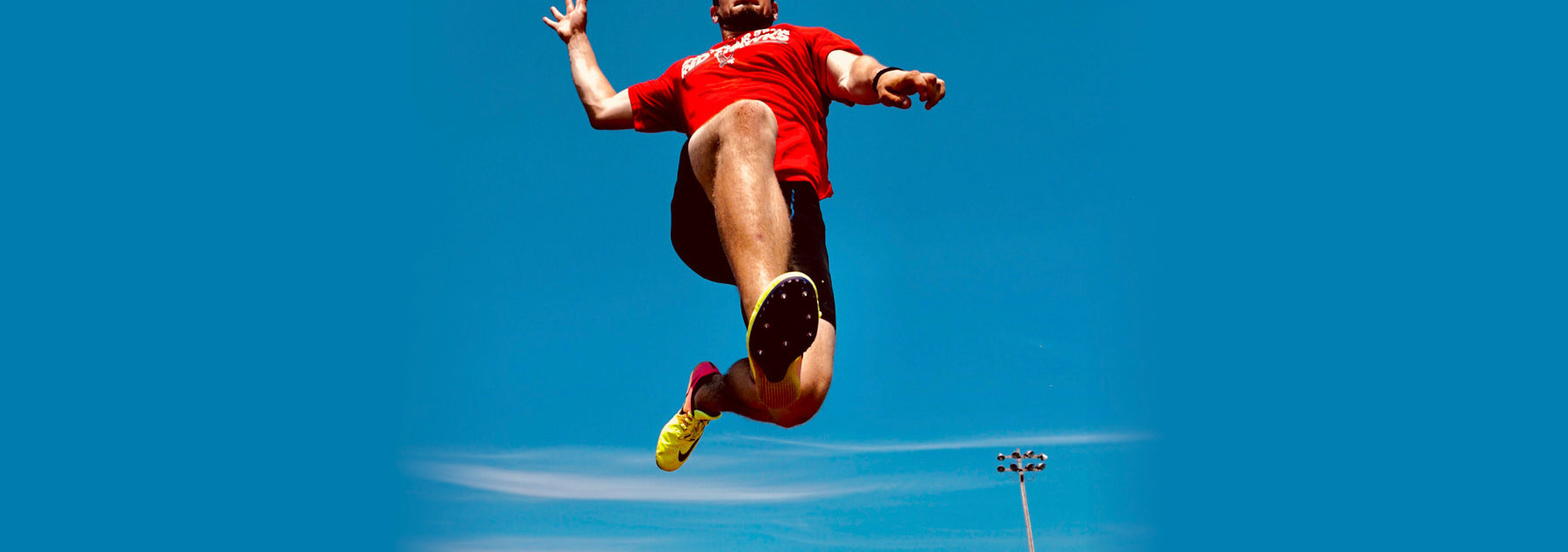
Neuff's Guide to improving your Long Jump
The Long Jump is about running fast and jumping high. The individual takes an approach run, gathering enough speed before lifting him/herself off the surface at a designated taking off point. Once off the ground, the aim is to jump high, spend the longest possible amount of time in the air and travel as far as possible.
Beginner technique (Stride Jump):
- In flight, ensure that the lead leg is held ahead of the other leg.
- The torso must remain upright.
- Both legs must come together at the last possible moment to ensure a successful landing.
Alternate flight techniques include the Sail, Hang, and Hitch Kick technique which are very similar but contain certain differences. The Sail technique involves keeping the legs relatively tucked in the air. The Hang technique keeps the legs dropped after take-off and simultaneously brings them forward just before landing. The Hitch Kick technique involves continuing to “run” in the air for 1 ½ to 2 ½ additional cycles before landing. All techniques begin with the same running approach; that is to pick up as much speed as possible and to jump as high as possible.
Beginners needn’t worry about approach run accuracy. The need to take off just before a scratch line or within a 20cm square plank can diminish quality of performance if you’re just starting out. Ensure that the take – off area is large enough so that it is no longer a problem; it can take the form of a large drawn circle or a paving slab. Measure all performances from the landing to the nearer part of the take-off area.


Leave a comment